
Explore the D minor scale and play it on your violin!
Some people believe that different musical scales can kindle emotions because each additional sharp in the key signature adds vitality and freshness, and each flat can make a piece feel gentile, meditative, or even dark.
Additionally, there is a general rule initiated by the German composer Christian Schubart in his 1787 essay, Characteristics of the Musical Keys, that most of the major scales sound happy while minor scales are somewhat sad or gloomy. When we take a look at various comparisons, the D minor scale may seem to be the saddest scale of all, or at least the most avoided one.
Now, let’s look at the scale to learn the notes, where to find them on the fingerboard, and how to practice playing them on the violin so you can decide for yourself!
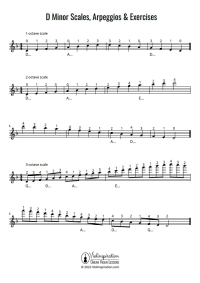
D Minor Scales, Arpeggios
and a Bonus Exercise
What Are the Notes of the D Minor Scale on the Violin?

The notes of the D minor scale are D, E, F, G, A, Bb, and C.
D minor has one flat in the key signature, so instead of playing a natural B, we play B flat (B♭).
It’s the same for its relative major key or corresponding key – F Major.
How Do You Play the D Minor Scale on the Violin?
There are three versions of a minor scale: natural minor, harmonic minor, and melodic minor scale.
D Natural Minor Scale
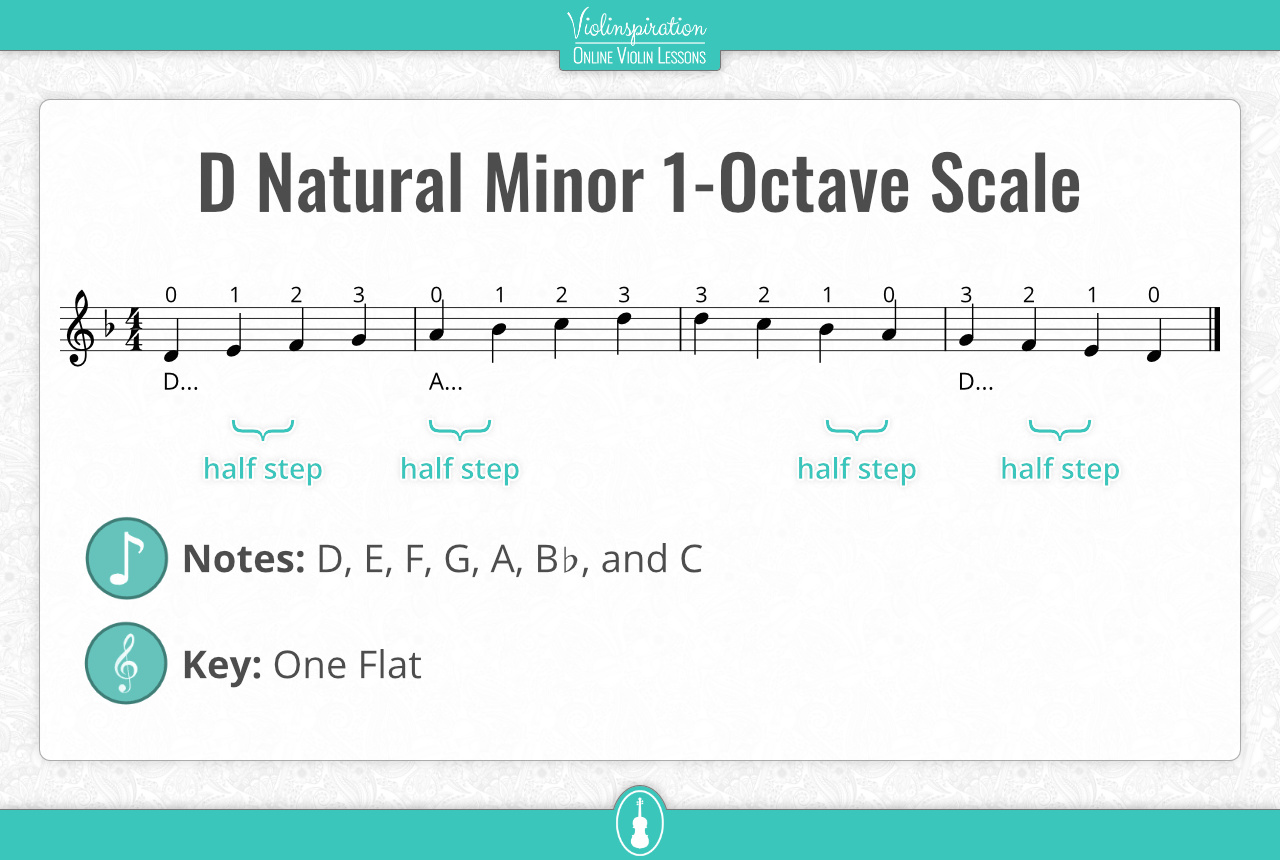
You can play a one-octave D natural minor scale using the two middle strings beginning with an open D string and ending with your third finger on note D on the A string.
D Harmonic Minor Scale
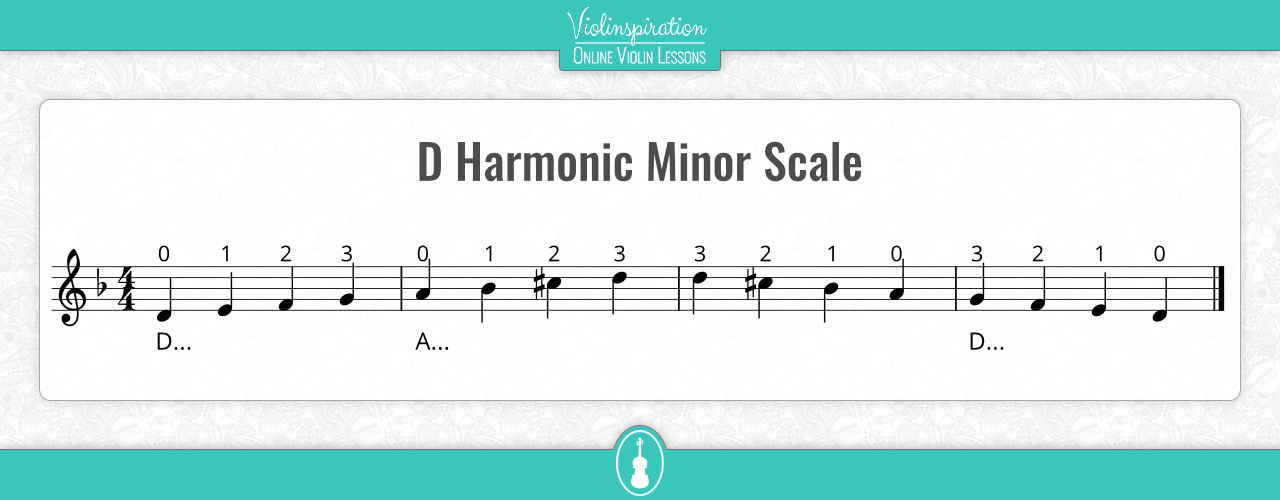
If you want to play a harmonic minor scale, you raise the seventh note of the scale by a half step. Therefore, you play C# instead of C when you play the D harmonic minor scale on your violin.
D Melodic Minor Scale
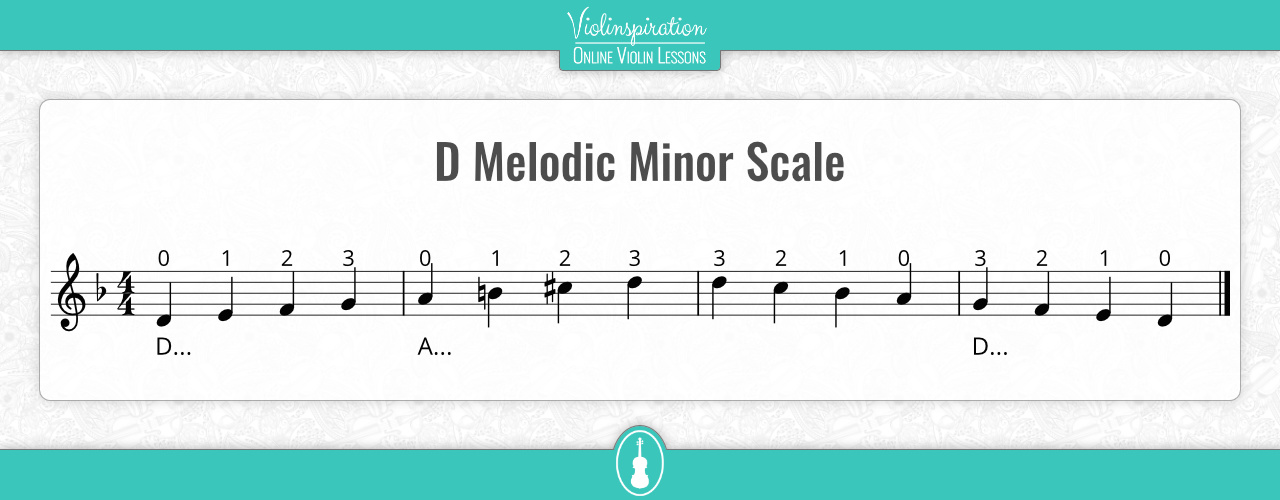
The notes of the D melodic minor scale are D, E, F, G, A, B, and C# ascending the scale, and D, C, Bb, A, G, F, and E descending it.
Why are there three minor scales?
Unlike the major scale pattern, which has only one, there are three minor scales or forms of the minor scale because of how harmony and melody interact in arranging the pitch of a piece.
To achieve a specific sound for a distinct style of music, composers would change some notes in the minor scale pattern of Whole step, Half step, Whole step, Whole step, Half step, Whole step, Whole step, to add harmony or melody, establishing what is known as the harmonic minor scale and melodic minor scale.
How do you play a D Minor Arpeggio on the Violin?
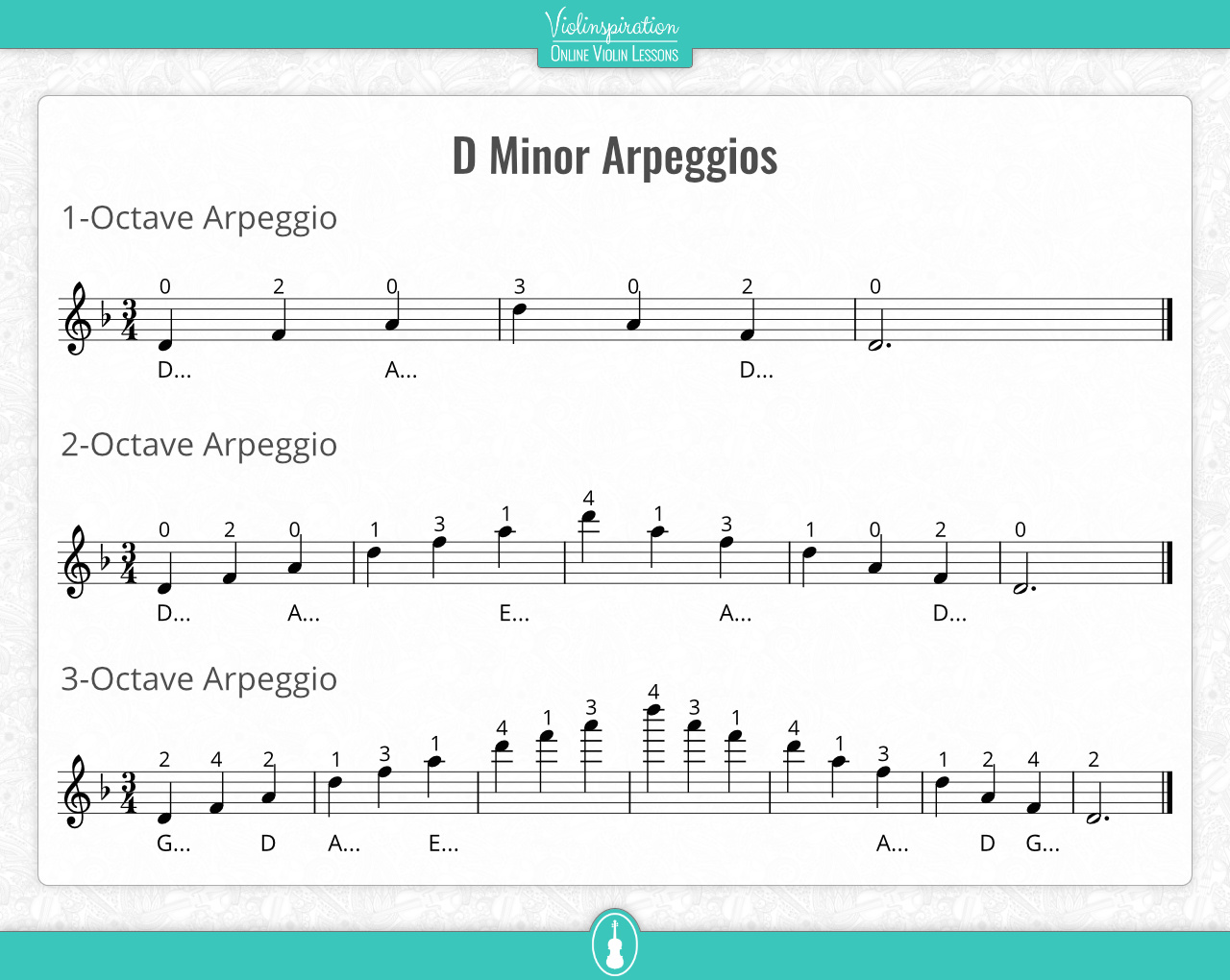
You play an arpeggio on the violin anytime you play a progression of the first, third, and fifth notes of a scale. This note progression in ascending or descending order is often in the classical violin repertoire.
Adding arpeggios to your practice routine will increase your finger dexterity and help with intonation because your fingers seem to dance around the fingerboard and jump over the strings.
How do You Play a Two and Three Octave D Minor Scale on the Violin?
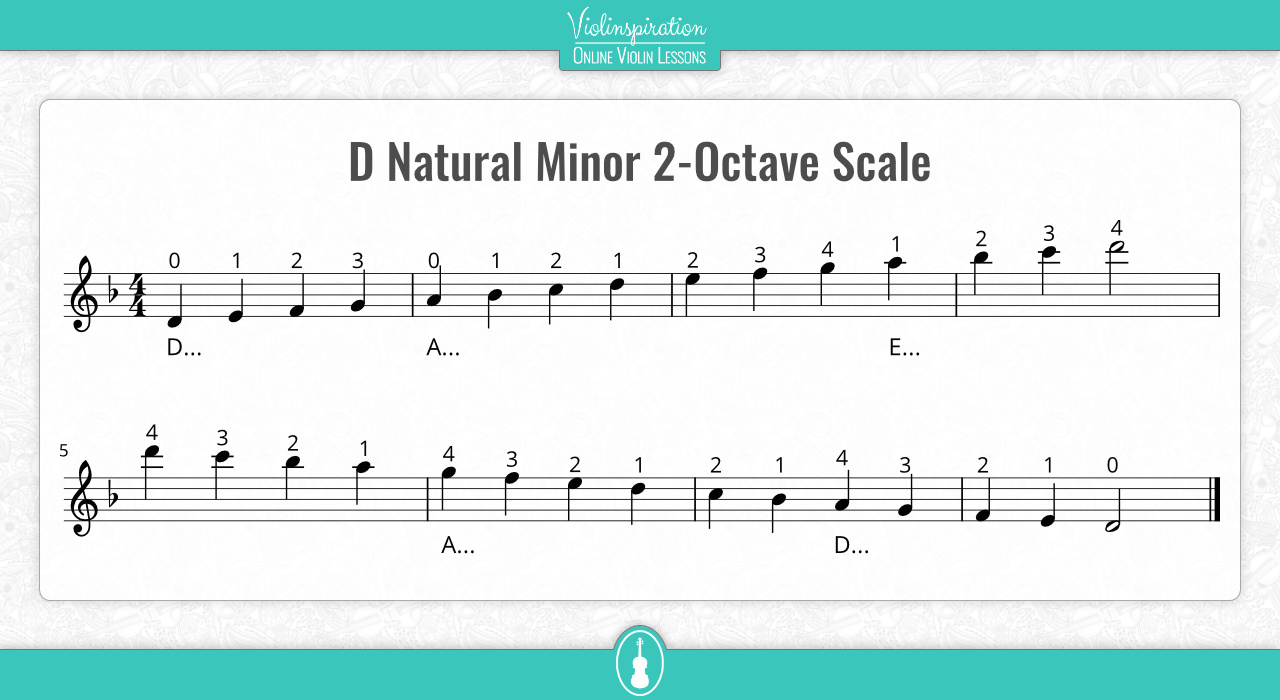
Playing a two-octave scale in the key of D minor requires shifting to the third violin playing position, while a three-octave scale starts in the third playing position and asks you to shift up the fingerboard to the fifth and higher positions.
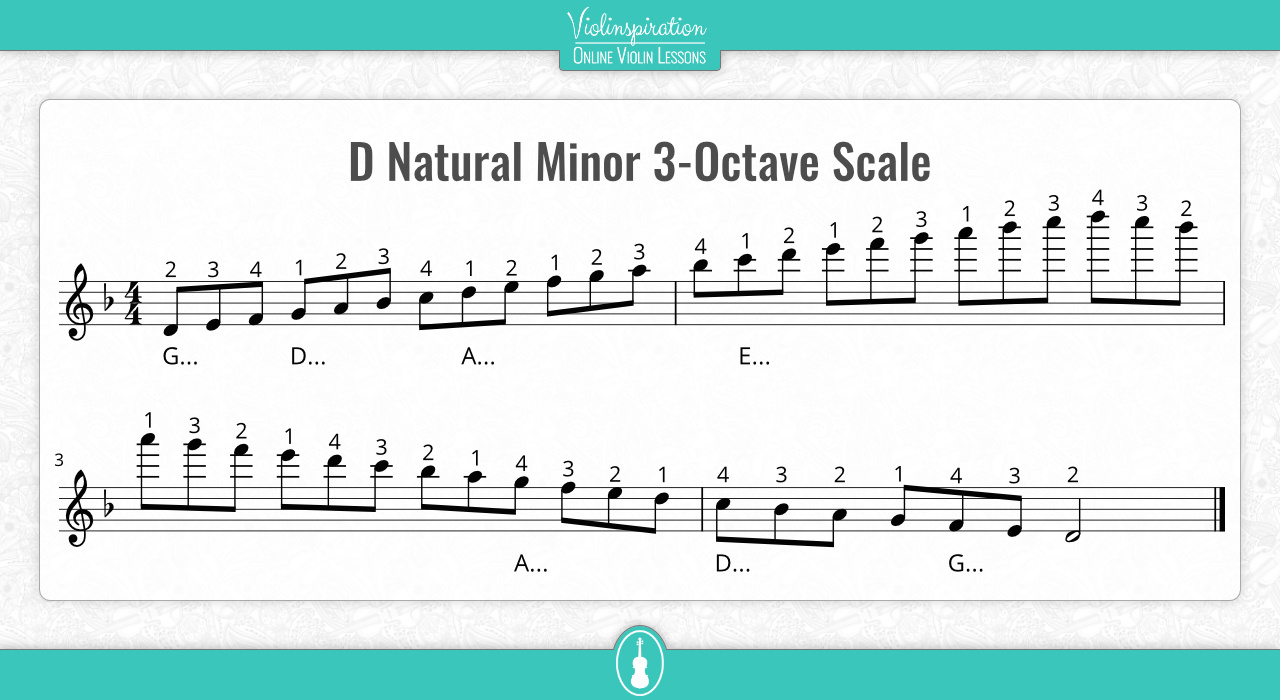
D Minor Scale Violin Sheet Music
Here is a free booklet you can download and practice playing the D minor scale and arpeggio. Included is a bonus exercise to incorporate bowing exercises into the mix.

D Minor Scales, Arpeggios
and a Bonus Exercise
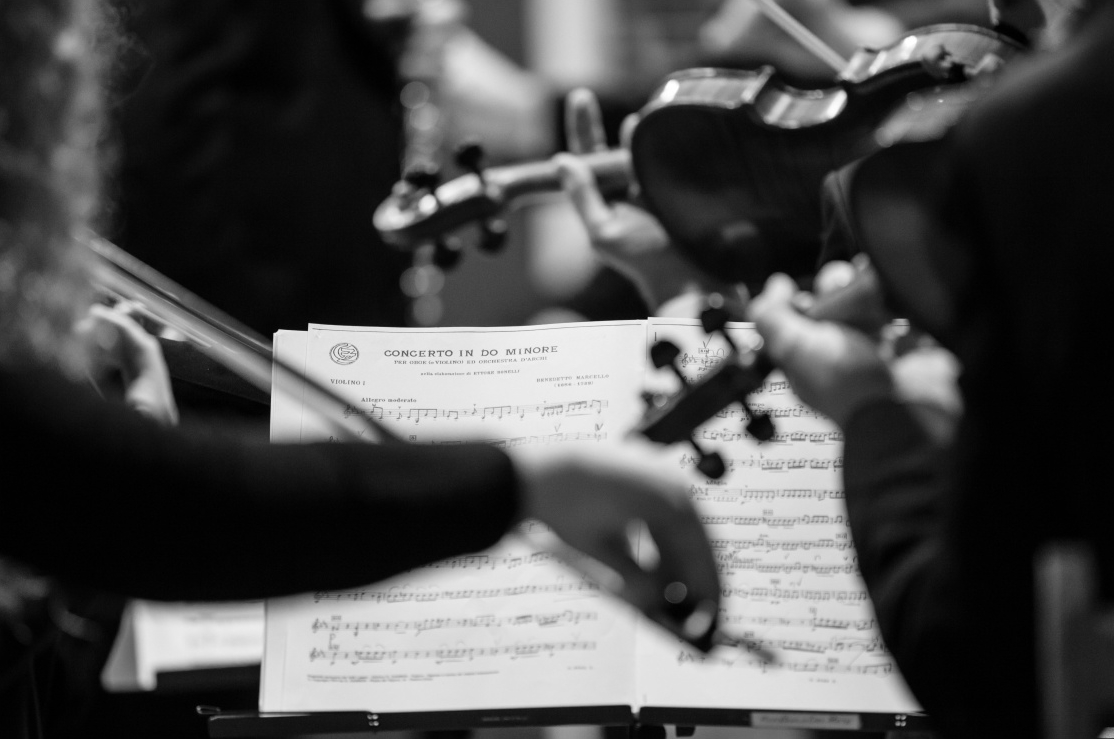
3 Well-known Pieces in D Minor
Now let’s listen to some of my favorite pieces in the key of D minor.
Bach – Concerto for two violins, BWV 1043
A first-rate example of a Baroque concerto and one of Bach’s most famous, it is otherwise known as the Bach Double.
Bach – Chaconne, Partita No. 2, BWV 1004
In his chaconne, Bach used recurring themes to add musical expression by placing major and minor scales and arpeggios side by side to create dramatic effects.
Also impressive is the amount of measures: with a total of 256, it has more than all of the other four movements of the partita combined!
Sibelius – Violin Concerto, Op. 47
Sibelius’s Violin Concerto is notable for its technical challenges and emotional characteristics. Natural to the violin, you can see the high and lyrical theme in the first movement contrasting with the brooding and forcefulness found in the second.
Final Note
Different scales trigger different emotions in the listener. Major scales make us happy, and minor scales provoke sadness, particularly D minor. Or so they say. There are three types of minor scales, the natural minor, harmonic minor, and melodic minor scale, each with its particular place in musical composition. Now that you know the notes of the D minor scale and its harmonic and melodic variations, where to find them on the fingerboard, and how to play them, you can decide for yourself!
If you like this post, check out also:
- Violin F Major Scale – Notes, Fingering, and Charts – post about the relative key to D minor
- D Major Scale on Violin: Notes, Fingering, and Pictures – post about the parallel key
- A Minor Scale on the Violin – Notes, Fingering, and Charts – yet another minor key to study during your violin journey.























